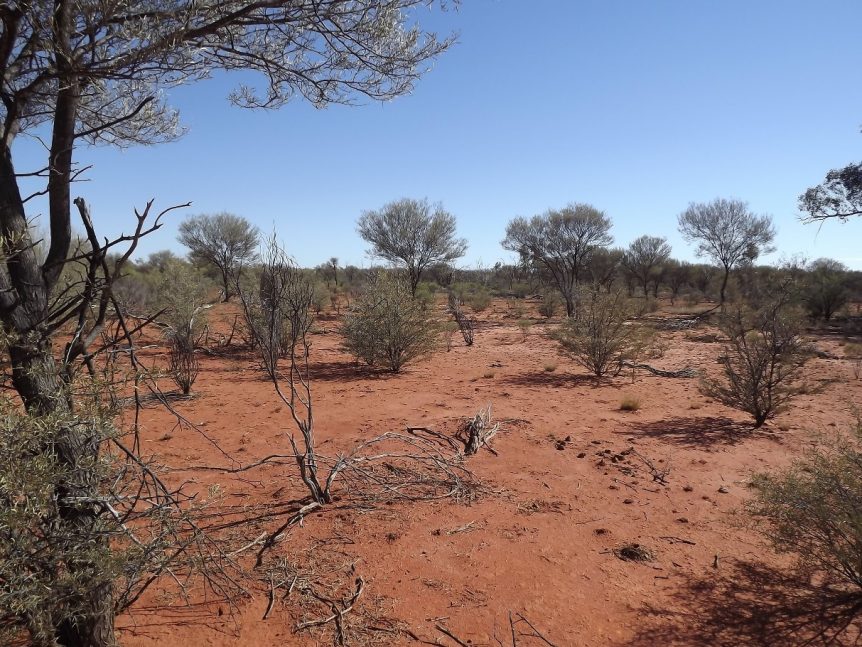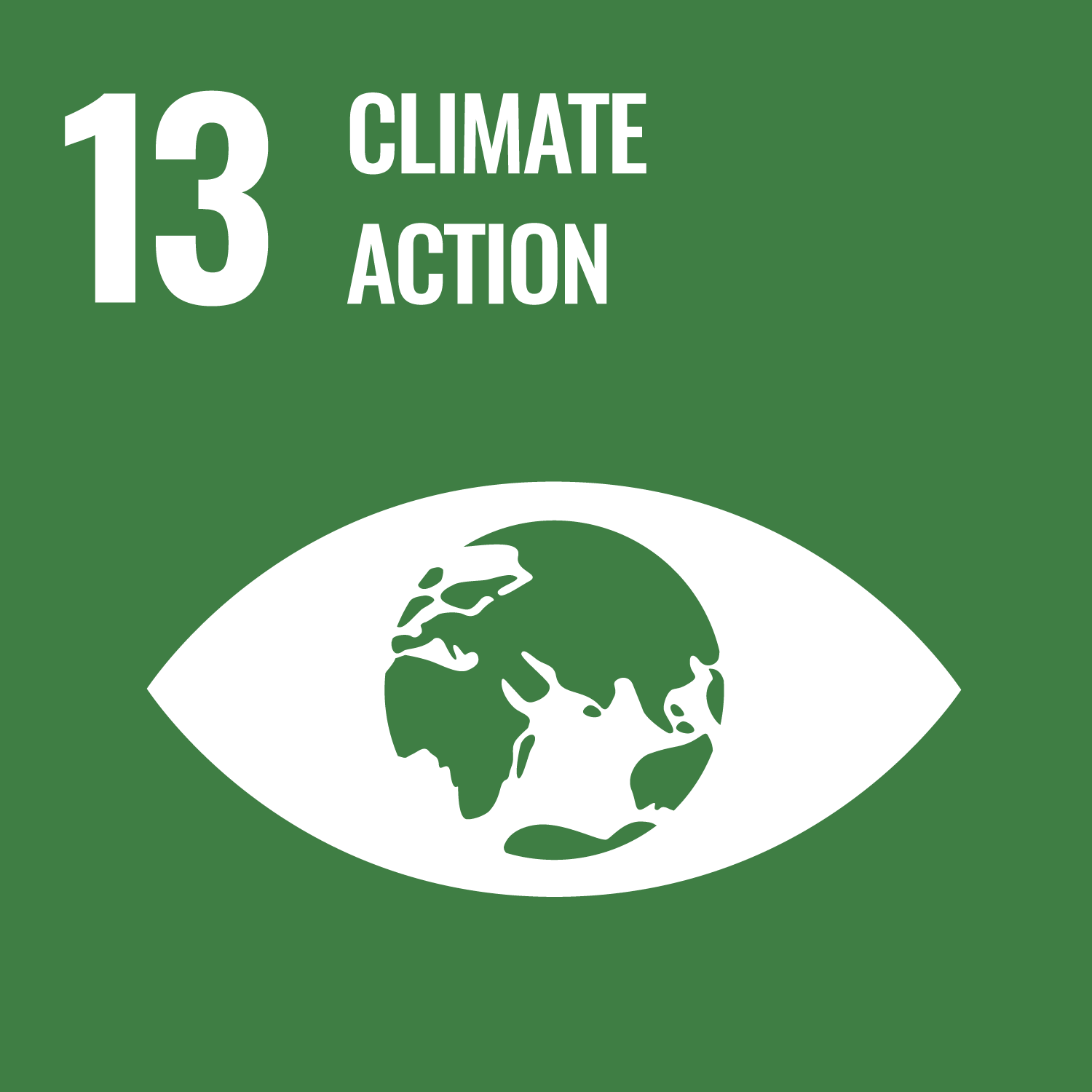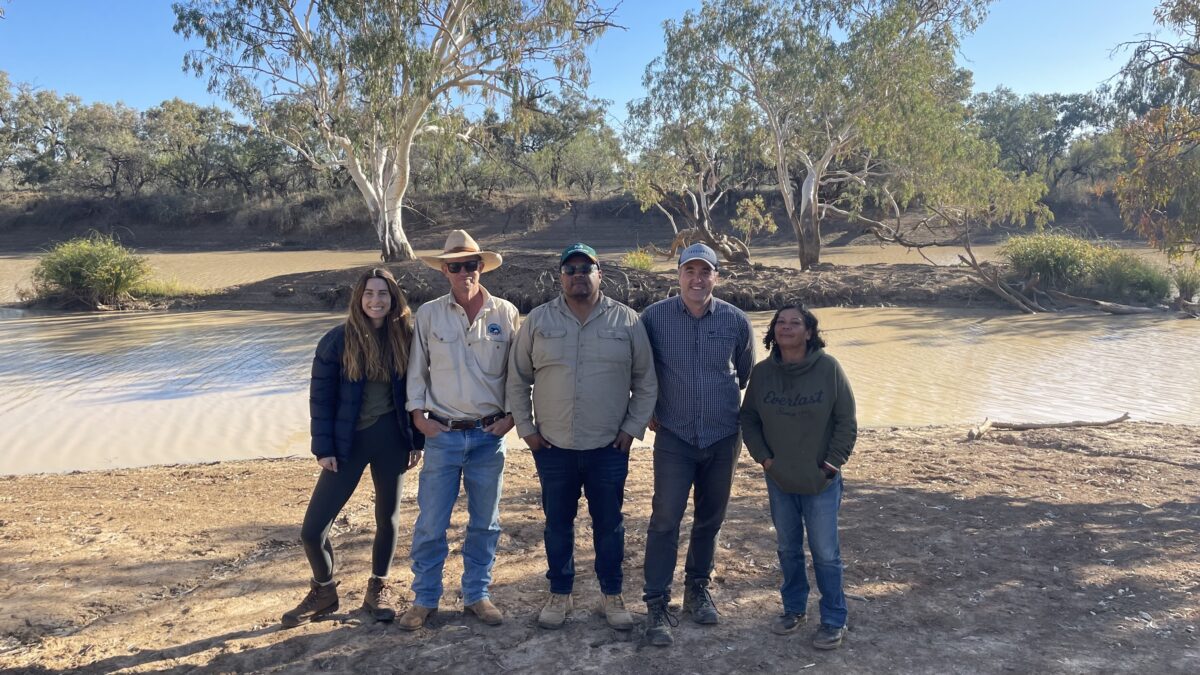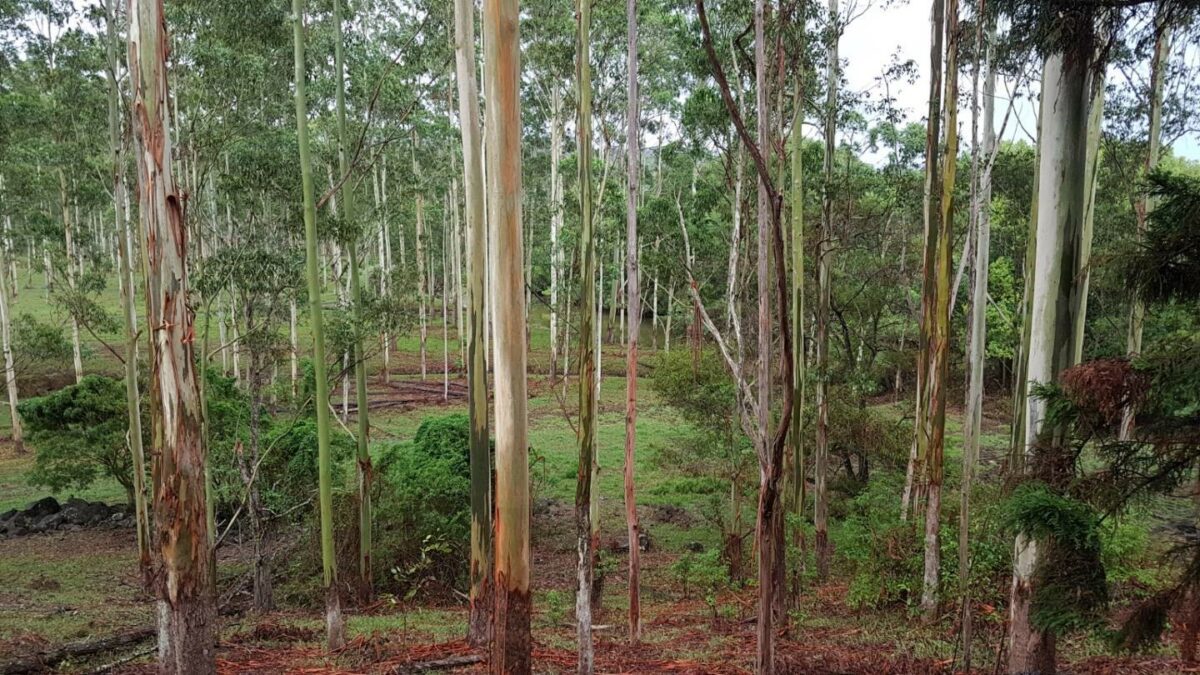Units generated:
ACCU
Purchased by:
Commercial in confidence
Project proponents:
Climate Friendly Pty Ltd
Land management activities:
A reduction in grazing pressure since 2003, varying from typical local land management which allows stock to feed on mulga and other native vegetation. Grazing and regeneration is managed over the project area through a combination of cattle rotation, upgrades to internal fencing, the humane control of feral goats, and a cessation of mechanical clearing.
Verification doc
Emissions Reduction Fund Register
The project promotes the regeneration of native vegetation for the sequestration of carbon. This is achieved through a reduction in grazing pressure since 2003, varying from typical local land management which allows stock to feed on mulga and other native vegetation. Grazing and regeneration is managed over the project area through a combination of cattle rotation, upgrades to internal fencing, the humane control of feral goats, and a cessation of mechanical clearing.
Native vegetation has been regenerating since 2007, with the quick re-establishment of native mulga (Acacia aneura), wilga (Geijera parviflora) and narrow leaf hopbush (Dodonaea viscosa), which had previously been grazed by feral goats. With ongoing sustainable land management, the project area has seen the expansion of previous forests, with forest cover more than doubling in the four years since 2008. Groundcover and shrub layers have also responded positively, forming more mature and resilient ecosystems.
The project is located in the Mulga Lands Bioregion which covers sections of northwest New South Wales and southwest Queensland. The local environment has suffered from grazing and irrigation pressure, invasive species and erosion. Revegetation projects can lead to improvements in local and regional environmental health, by reducing risk of erosion and salination, as well as providing native habitat, which increases local biodiversity. This includes threatened flora and fauna, such as the endangered Greater Bilby (Macrotis lagotis), and the elusive nocturnal Night Parrot (Pezoporus occidentalis), which has been so rarely sighted in the wild it was assumed to be extinct until 2013. The Projects will also have global environmental benefits with the sequestration of carbon and the mitigation of climate change.









